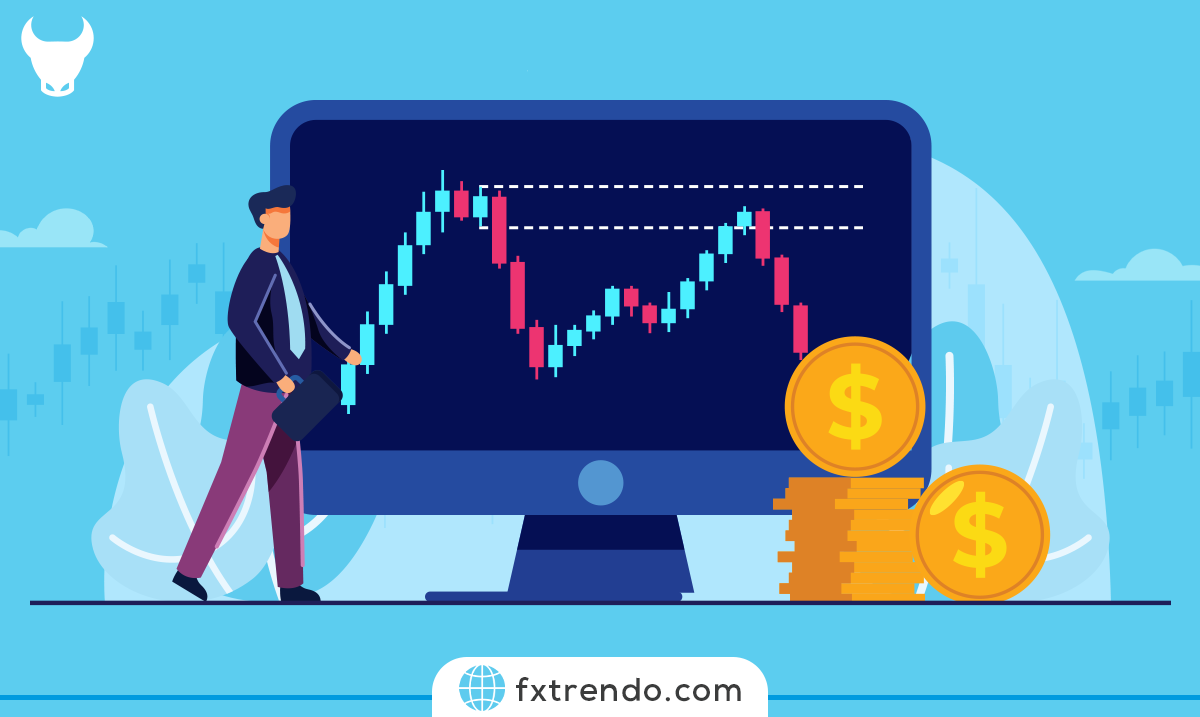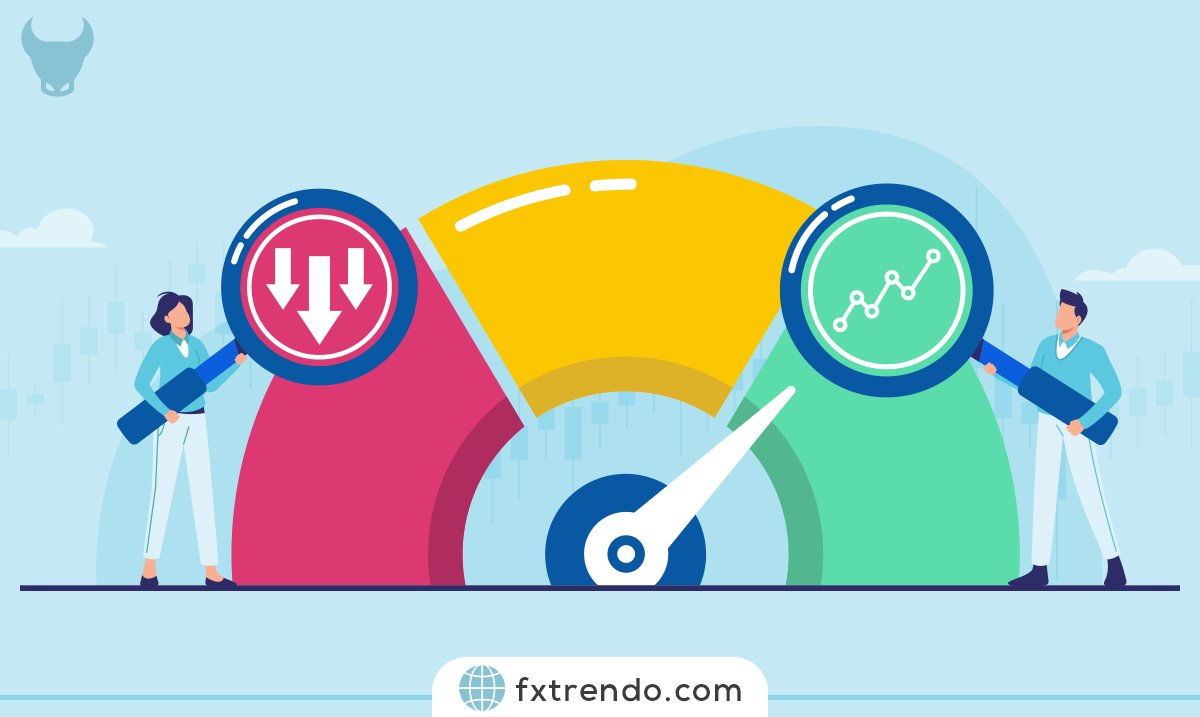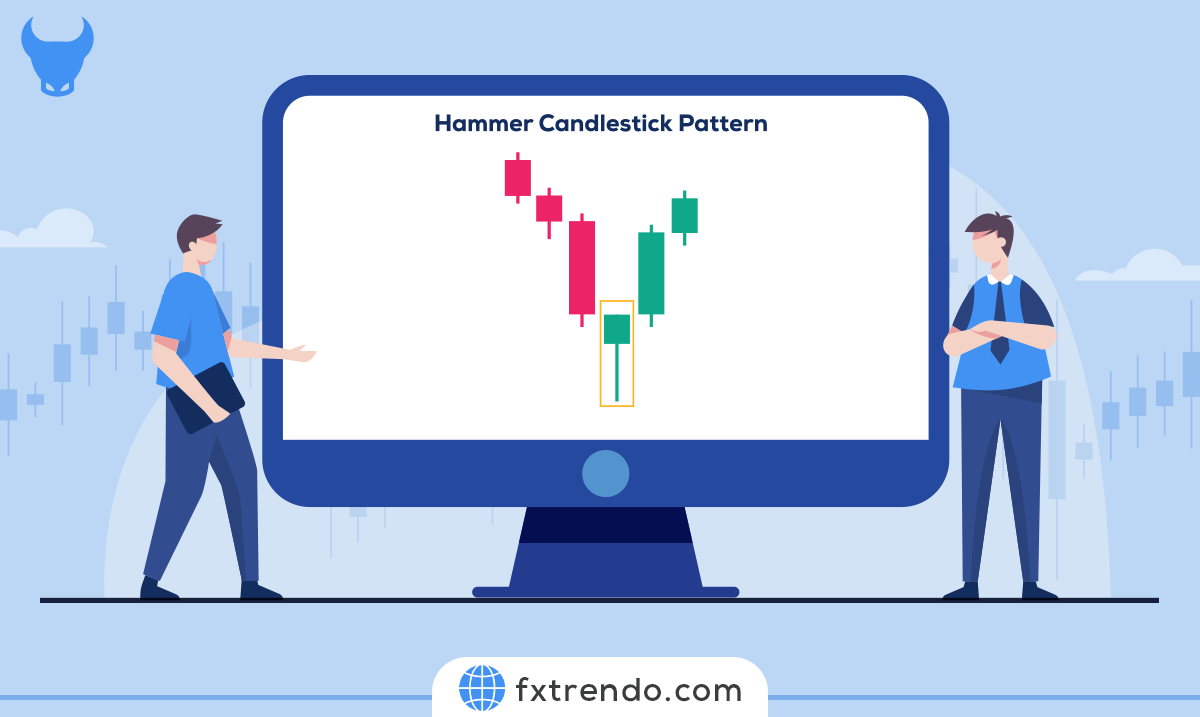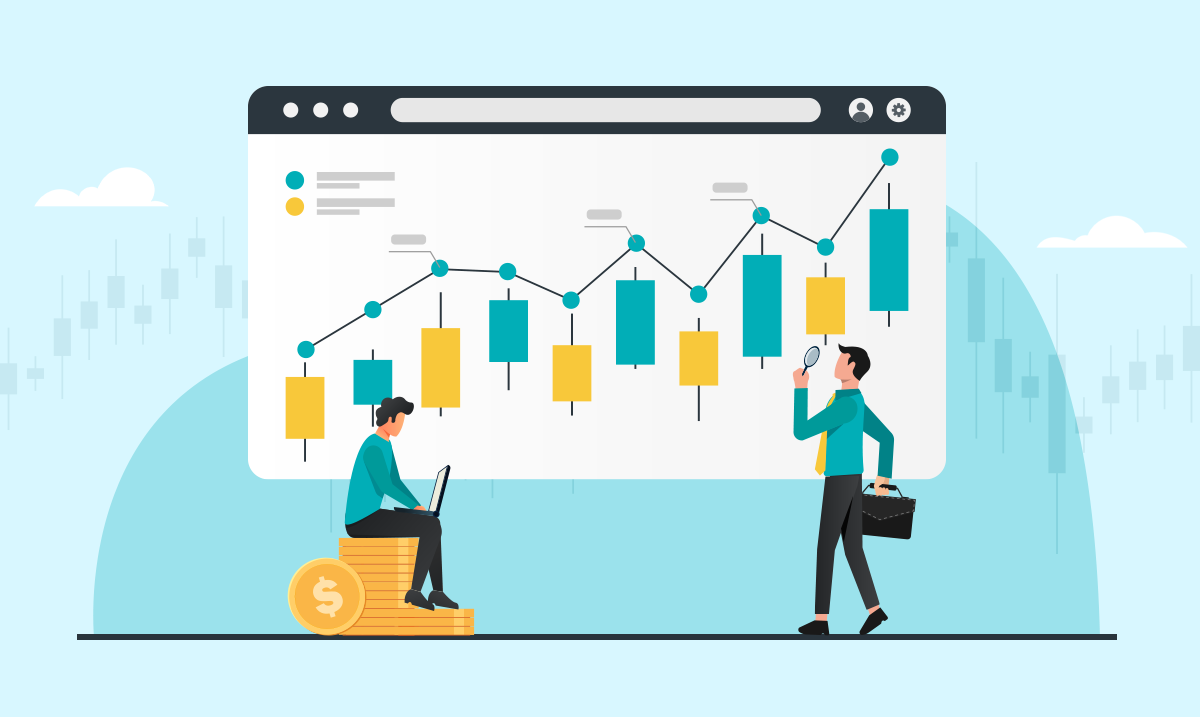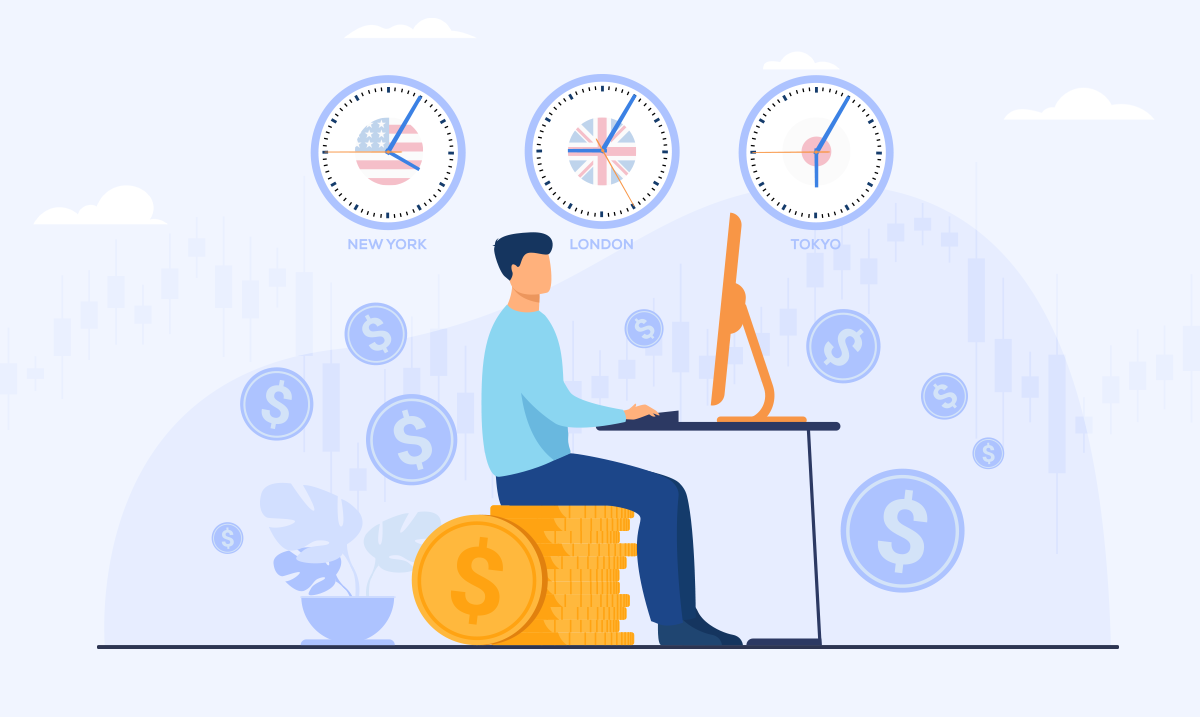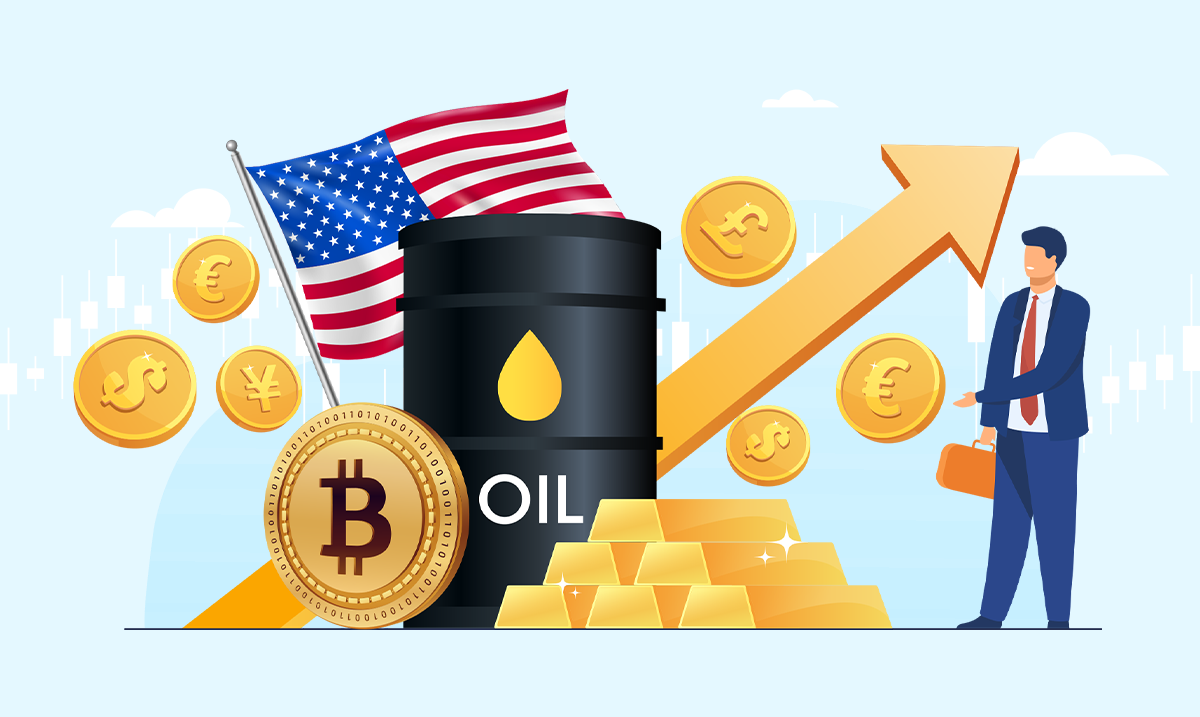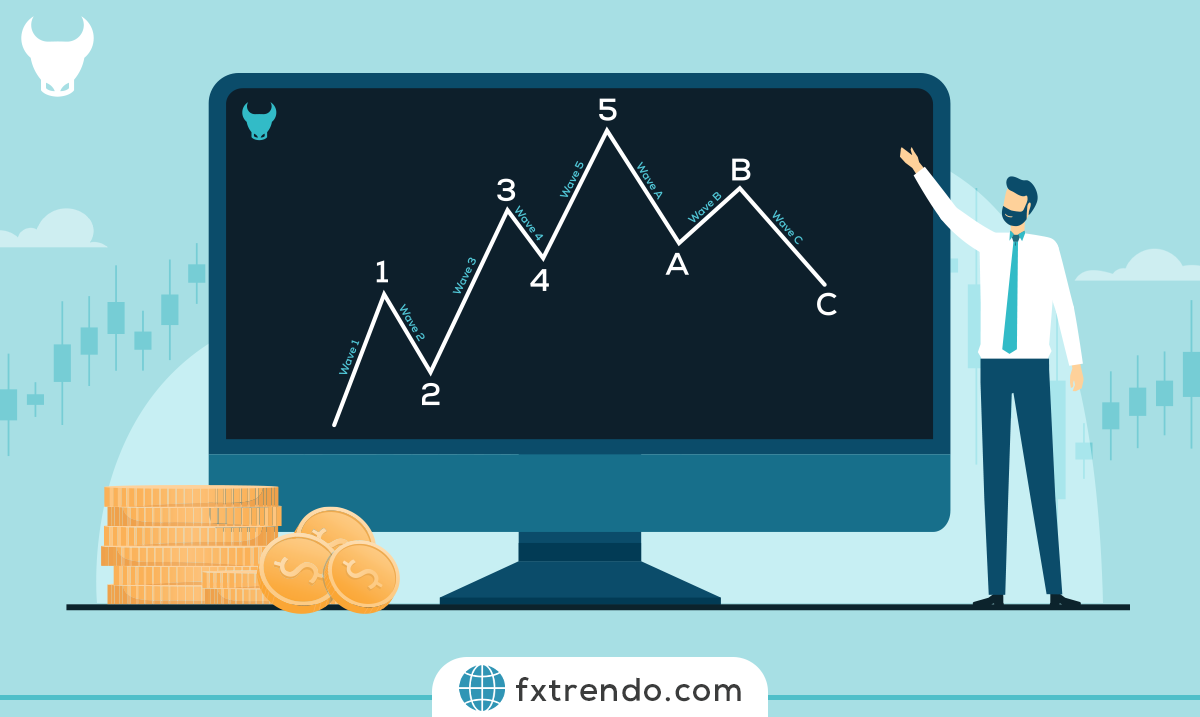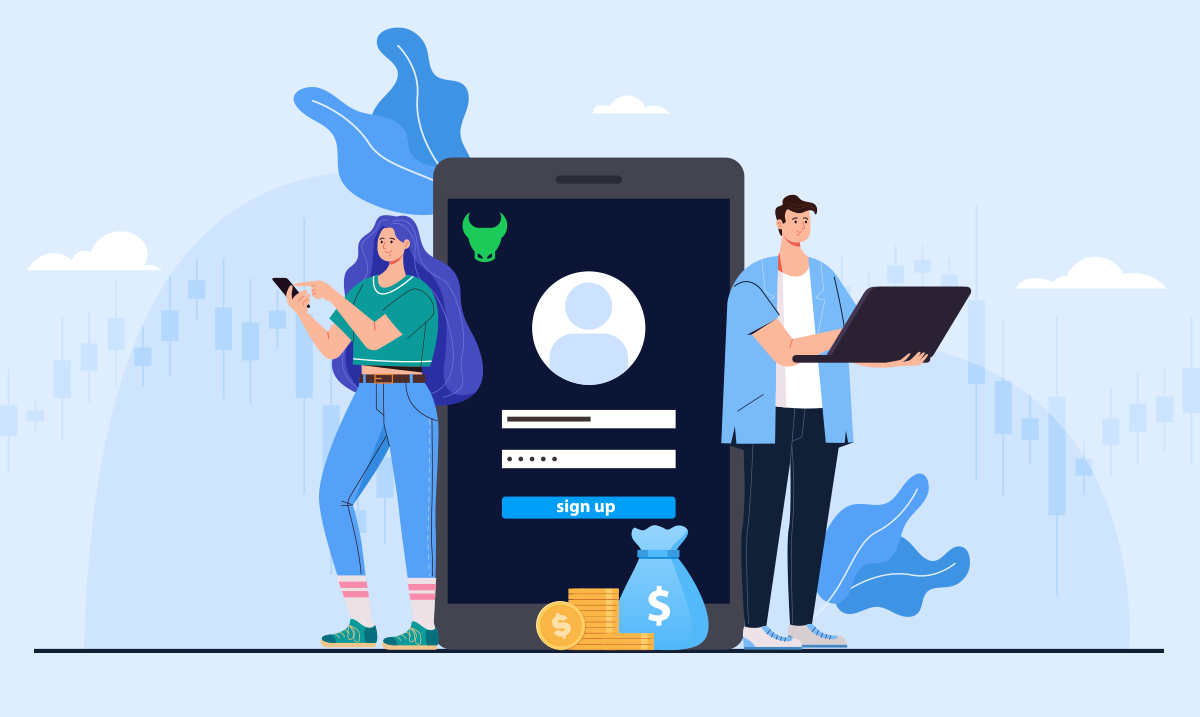Margin Trading in the Forex Market


Understanding margin trading in the forex market is fundamental for every trader. Most of the trading activity in the forex market is done through margin trading via brokers. This mechanism empowers traders to manage positions that exceed their actual account balance.
In this article, we aim to provide margin trading by explaining its workings, along with its potential advantages and risks. So, stay with us as we unravel this intriguing aspect of forex trading.
Contents
What is Margin Trading?
Margin trading is a special feature in the forex market. It lets traders make trades that are bigger than the money they have in their account. This can help traders make more money, but it also means they might lose more.
Margin is like a security deposit that a trader gives to the broker to complete a trade. After the end of the trade, this amount is returned to the trader's account. Every trade that is made needs some margin. The broker holds onto this until the trade is finished. Note that the margin is not a payment or trade fee, but a guarantee received to open the transaction.
For example, a trader with $1,000 in balance wants to buy EURUSD with a volume of 1 lot. The margin that the Trendo broker receives from the user with a leverage of 1000 for this transaction is $100. Note that this amount is not cut from the user's balance, and the user's balance is still $1000. But after opening the trade, the trader has $900 of free money for new trades, called free margin. $100 of the balance is involved in the EURUSD trade as margin and cannot be withdrawn or used since the trade is open.
Read More: What is Lot in Forex?
What is the Required Margin?
The required Margin is the amount of money set aside and locked when opening a trade. That is what we call margin for short. The required margin can differ according to the traded currency pair, the trading volume, and the broker's regulations. Typically, major currency pairs such as EURUSD or GBPUSD require less margin. The reason for this is the liquidity and stability of the main currency pairs. Sometimes the required margin is stated as a percentage of the trade's total value. For example, if the required margin is 2%, a trader must deposit 2% of the total trade value as a margin. If a trader wants to open a position worth $100,000, he must deposit $2,000 as a margin.
What is Leverage's Role in Margin Trading?
In margin trading, leverage plays an important role. Leverage allows traders to open larger trades with less capital. Leverage is described in relative terms, such as 100:1 or 500:1. For example, with a leverage ratio of 100:1, a trader can open a trade worth $100,000 with only $1,000 of his capital.
Leverage can help traders make more money, but it also makes it riskier because they could lose more. So, when using high leverage in trading, it’s really important to manage your risks carefully.
Leverage, in forex trading, is essentially a loan provided by the broker to the trader. Leverage allows the trader to engage in transactions involving volumes that significantly exceed their account balance. The higher the account leverage, the less margin is required for trading.
To illustrate, consider purchasing 1 lot of USDJPY. With a leverage of 500, you would require a margin of $200. However, if the leverage is increased to 1000, the margin requirement drops to just $100. This exemplifies how leverage can amplify your trading capacity in the forex market.
Read More: What is a Forex Broker?


What is Free Margin?
Free margin is the money that traders can use to make trades. It’s reduced by the amount the broker takes as a security deposit and as a margin to start a trade. For instance, with Trendo Broker, if you want to trade 1 lot of USDJPY and your account has a leverage of 1000, you need $100 of free margin. So, free margin is basically the amount of credit in your account that isn’t involved in any trades.
Margin levels are set by the broker. Assume a trader has $1000 in their account. They make some trades that use up $30 of margin. After a few hours, these trades result in a loss of $200. So, the trader’s account balance is now $800. The margin level is calculated by dividing the account balance by the margin. In this case, the margin level would be 400% ($800 divided by $30).
If a trader’s margin level drops below a certain point (usually between 50-100%) because they’re losing money, the broker will give them a “margin call”. This is a warning that they need to either put more money into their account or close some of their open trades if they want to make a new trade. If the market keeps moving against the trader’s trades and the margin level is reduced to a certain number, the broker will close the trades. This is called a “stop-out”. It’s done to prevent the trader from losing more money than they have in their account.
Read More: What is Margin Call and Stop Out in Forex?


An example of margin trading
Suppose a trader in Trendo Broker has a capital of $1000, and the account leverage is 1000. Therefore, the free margin of this account is $1000. The trader opens a gold Buy position in his account with a volume of 0.5 lots. As you can see in the picture, a $96 margin was used for this transaction. In other words, for the leverage of 1000 in Trendo Broker, a $1.92 margin is needed for every 0.01 lot of gold purchased.
Currently, the chosen transaction is in profit, the free margin of this account is $909.32. If the trader wants to calculate how many more lots he can buy in the gold symbol, it is enough to divide his free margin by the required margin for 0.01 lot of gold purchase. Therefore, the trader can trade another 4.73 lots in gold with this free margin. Note that the higher the account leverage, the less margin is required for trading.


In another example, suppose a trader in Trendo Broker has a capital of $1000 and this time, the account leverage is 100. The trader opens a gold buy position in his account with a volume of 0.5 lots. As you can see in the picture, a $962 margin was used for this transaction. In other words, in Trendo Broker, for leverage of 100, for every 0.01 lot of gold purchased, a $19.2 margin is needed.
Currently, the selected transaction is in profit, the free margin of this account is $65.98. If the trader wants to calculate how many more lots he can buy in the gold symbol, he only needs to divide his free margin by the required margin for 0.01 lot of gold purchase. Therefore, the trader can trade another 0.04 lots in gold with this free margin.


Margin Trading Advantages and disadvantages
Margin trading lets traders make trades that are bigger than their account balance. This means they could make more money. Even a small change in price can mean a big profit. Margin trading also lets traders spread their money across different trades. This can help them make more money. On the other hand, margin trading is risky. It’s like a two-sided sword - it can help you make a lot of money if you use it right. But if used without analysis and based on emotions, they have the potential to make your account zero.
Margin Trading Tips
Noting the following points is essential for those who intend to use margin trading.
Learn: Before you start margin trading, make sure you understand what it is, what the risks are, and what the benefits could be. There are lots of resources out there that can help you learn, like online classes, books, and webinars.
Start Small: When you’re just starting out, it’s a good idea to use a demo account or a real account with a small amount of money. This lets you get used to the platform, practice managing your risks, and work on your trading strategy without putting a lot of money at risk.
Manage risk: Create and strictly stick to a risk and capital management plan. Set limits on the maximum leverage amount you are willing to use.
Keep an Eye on Your Margin Levels: Make sure you’re always keeping track of your margin levels. This can help you avoid getting margin calls and stop-outs. It’s a good idea to regularly check how your trading account is doing and adjust your trades as needed.
Seek professional advice: Don’t be afraid to ask for advice from traders who have more experience than you. They can give you some really useful tips and help you get better at trading in the forex market.
Summary
Margin trading can be a powerful tool for forex traders. It can help them make a lot of money. However, it’s important to understand that margin trading can be complex and risky. You need to practice a lot and learn as much as you can before you start. It’s a good idea to never risk more than two percent of all the money you have on one trade. In the forex market, you can either do really well and make a lot of money, or not do well and lose money. So, it’s really important to take this advice seriously.
Related Post
most visited







